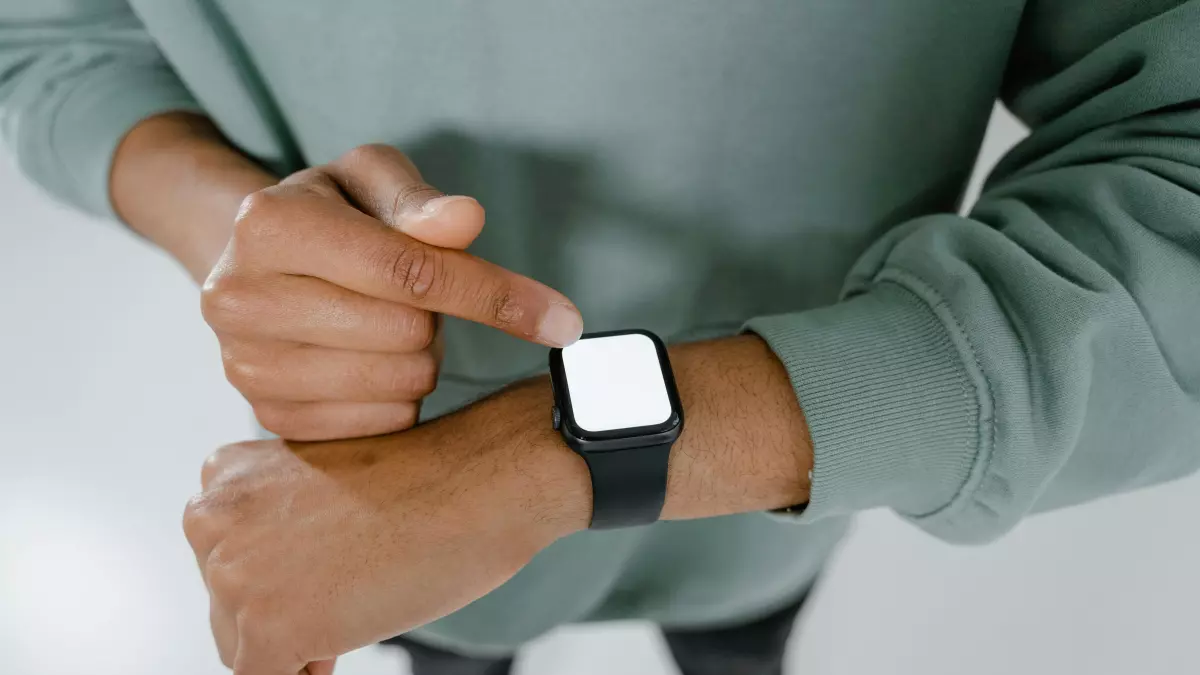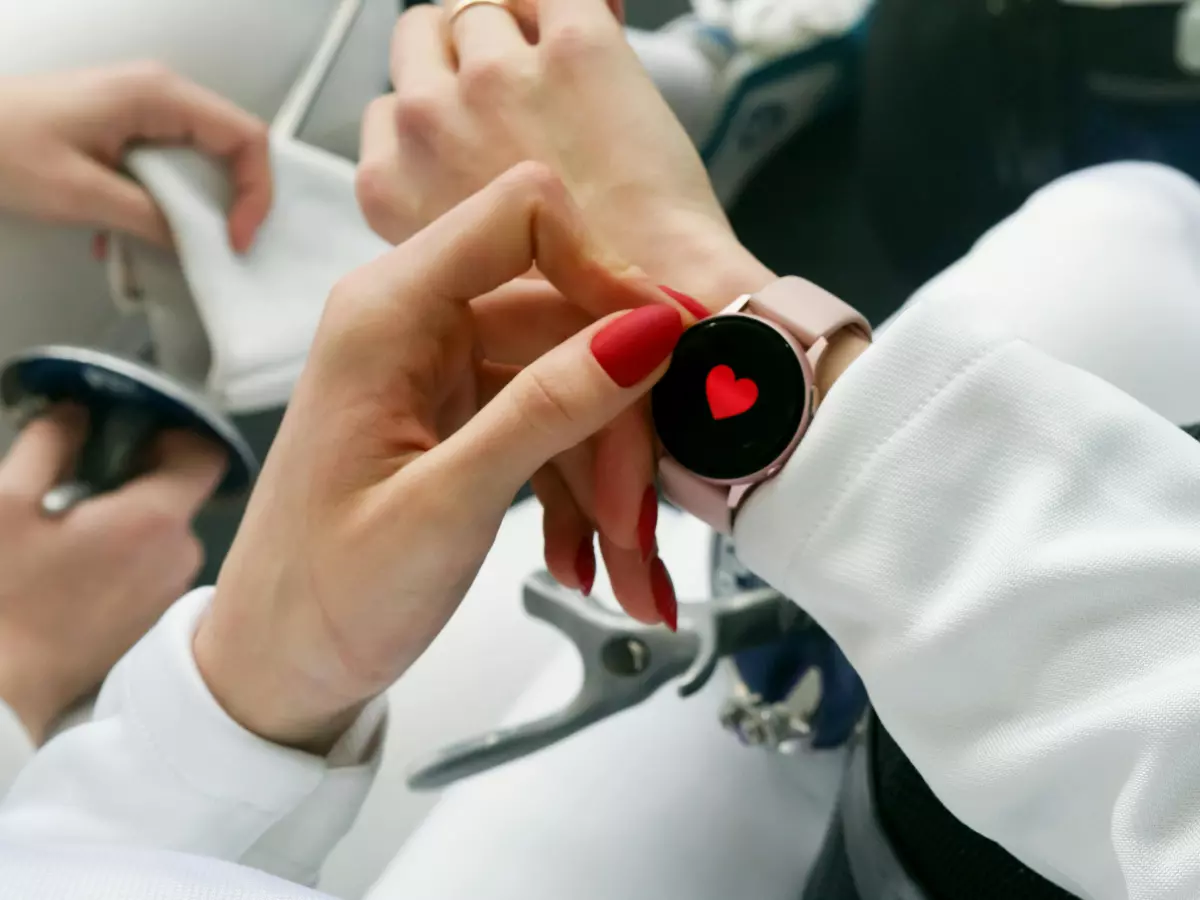Battery Revolution
Imagine a world where your smartwatch lasts for days, maybe even weeks, on a single charge. No more frantic searches for a charger before a workout or a meeting. Just seamless, uninterrupted use. Sounds like a dream, right? Well, that dream might be closer than you think, thanks to Samsung's latest innovation.

By Marcus Liu
Samsung has been quietly working on something that could flip the script on wearable tech: solid-state batteries. If you’re not familiar with the term, don’t worry. You’re not alone. But trust me, this tech is about to become a household name. According to Phonearena, Samsung is planning to start mass production of its solid-state batteries by 2026, and the first device to benefit from this leap in battery tech could be none other than the Galaxy Watch.
Now, before we get too excited, let’s rewind a bit. Why is this such a big deal? Well, solid-state batteries are like the cool, upgraded cousin of the lithium-ion batteries we use today. They’re lighter, more efficient, and, most importantly, they hold a charge for way longer. Imagine not having to charge your Galaxy Watch every night, or worse, during the day. That’s the future Samsung is hinting at.
But let’s not get ahead of ourselves. 2026 is still a few years away, and while Samsung’s ambitions are clear, there’s a lot of work to be done before we see these batteries in action. Still, the potential is massive. Think about it: longer battery life means more features, more sensors, and more power-hungry apps without worrying about draining your watch in a few hours. It’s not just about convenience; it’s about unlocking the next level of wearable tech.
Why Solid-State Batteries Matter
Alright, let’s break it down. Solid-state batteries are different from the lithium-ion ones we’re used to because, instead of using a liquid electrolyte to move ions between the anode and cathode, they use a solid electrolyte. This simple change makes a world of difference. Solid-state batteries are more stable, which means they’re less likely to overheat or catch fire (looking at you, Galaxy Note 7). They also have a higher energy density, meaning they can store more power in the same amount of space.
For wearables like the Galaxy Watch, this is a game-changer. Right now, battery life is one of the biggest limitations of smartwatches. Sure, they can track your heart rate, monitor your sleep, and even take calls, but all that functionality comes at a cost: battery life. With solid-state batteries, we could see watches that last days, or even weeks, on a single charge. That’s a huge leap forward.
But it’s not just about battery life. Solid-state batteries are also more durable. They can withstand more charge cycles, meaning they’ll last longer before they start to degrade. So not only will your Galaxy Watch last longer between charges, but it’ll also have a longer overall lifespan. It’s a win-win.
What This Means for the Future of Wearables
So, what does this all mean for the future of wearables? Well, for starters, it could make smartwatches a lot more appealing to people who have been on the fence about them. One of the biggest complaints about smartwatches is that they need to be charged too often. If Samsung can solve that problem with solid-state batteries, we could see a surge in smartwatch adoption.
But it’s not just about smartwatches. Solid-state batteries could also revolutionize other wearables, like fitness trackers, earbuds, and even AR glasses. Imagine a pair of AR glasses that you only need to charge once a week. Or fitness trackers that can last for months on a single charge. The possibilities are endless.
And it’s not just wearables that could benefit from this tech. Solid-state batteries are also being looked at for use in smartphones, laptops, and even electric vehicles. So while the Galaxy Watch might be the first device to get this new battery tech, it definitely won’t be the last.
Challenges Ahead
Of course, it’s not all smooth sailing. There are still some significant challenges that Samsung and other companies need to overcome before solid-state batteries can become mainstream. One of the biggest hurdles is cost. Right now, solid-state batteries are expensive to produce, which is why we haven’t seen them in consumer devices yet. But as with any new technology, the cost will come down over time as production scales up.
Another challenge is durability. While solid-state batteries are more stable than lithium-ion batteries, they’re also more brittle. This means they’re more prone to cracking and breaking, especially in devices that are subject to a lot of wear and tear, like smartwatches. Samsung will need to find a way to make these batteries more durable before they can be used in wearables.
But despite these challenges, the future looks bright. Samsung has a track record of pushing the boundaries of what’s possible in tech, and if anyone can make solid-state batteries work, it’s them.
The Road to 2026
So, what can we expect between now and 2026? Well, Samsung is likely to continue refining its solid-state battery technology over the next few years, and we’ll probably see some prototypes and early demos before the tech is ready for mass production. In the meantime, we can expect to see incremental improvements in battery life for the Galaxy Watch and other wearables, but the real breakthrough will come when solid-state batteries finally hit the market.
And when that happens, it won’t just be a win for Samsung. It’ll be a win for all of us. Longer battery life, more durable devices, and fewer charging cables cluttering up our lives? Sign me up.
So, while 2026 might seem far away, it’s worth keeping an eye on Samsung’s progress. The future of wearables is looking brighter—and longer-lasting—than ever before.




